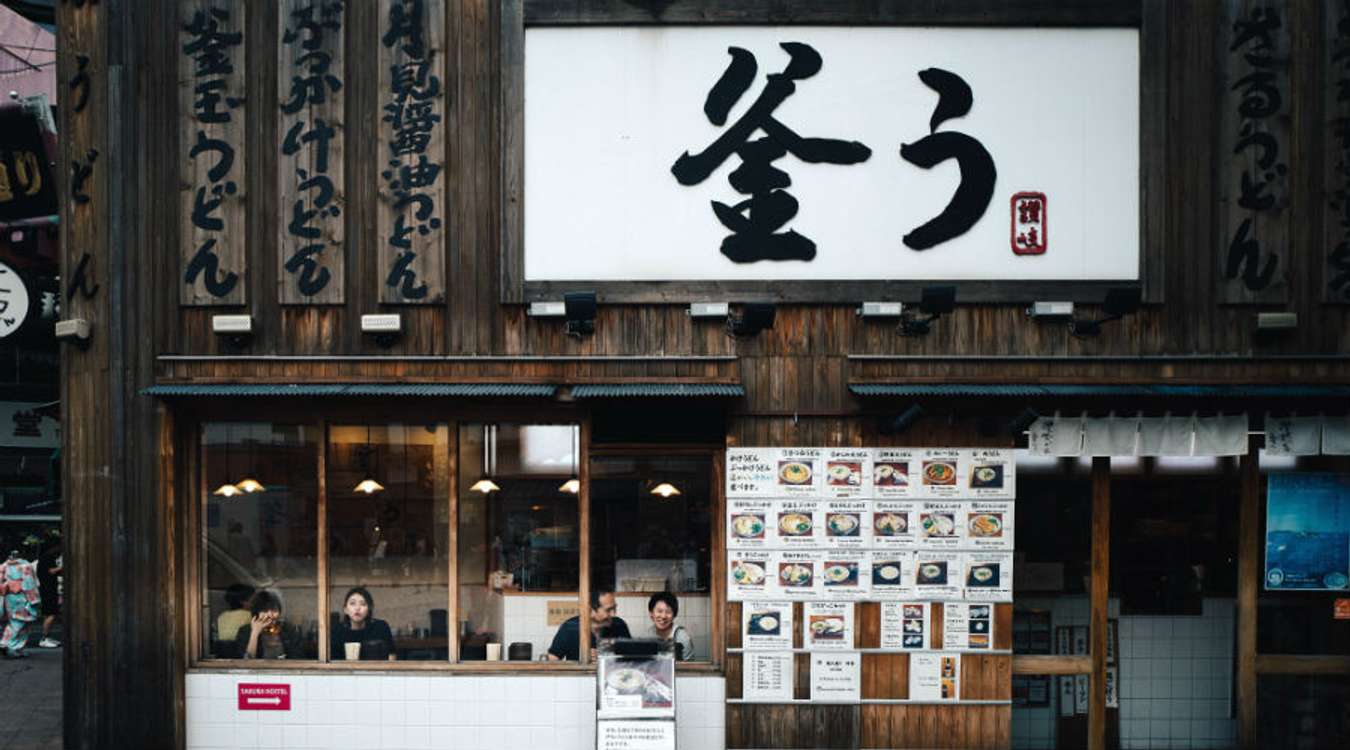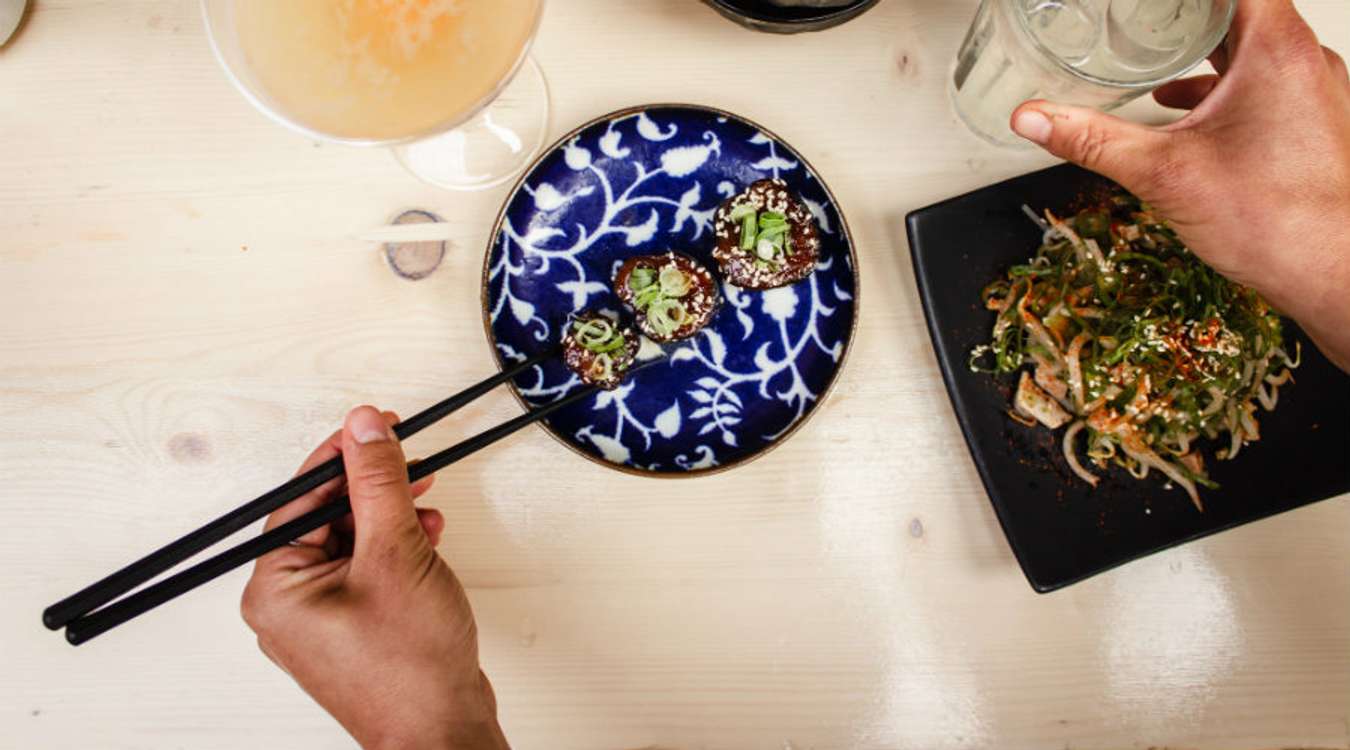Traveloka PH
22 Jan 2020 - 5 min read
Japan Etiquette 101: Your Guide to Nippon Manners and Customs

The Culture and Customs of Japan When it Comes to...
Greeting

Japanese people are not big on physical contact so they don't have it much in everyday interactions. Although a handshake is accepted in business greetings, a simple bow is already considered an appropriate greeting in most situations.
Some greetings to know:
Entering Homes

If you happen to be visiting a friend’s house or staying at a Ryokan or other traditional Japanese accommodations, taking off your shoes is customary before entering the premises.Most Japanese homes have a genkan, which is a traditional entryway lower than and separated from the main indoor flooring. It’s where you can remove and leave your shoes and replace them for slippers provided by the host. It’s also polite to say “ojamashimasu” (which roughly means “Please pardon the intrusion.”) before entering as a guest.Some Japanese-style restaurants also uphold this practice so make sure to check before stepping foot in the establishment. There’s usually a sign on the door or you can simply observe if people are doing it upon entering.
Dining

Japanese dining manners vary per region. Some general dining manners are the use of chopsticks and saying the phrases “itadakimasu” and “gochisousamadesu,” which means “I humbly receive this food” and “thank you for the meal,” respectively. Another thing you should note is that Japan is big on self-service, so you should put away your trays afterward and try not to have any leftover food.If you’re not using your chopsticks, you should put them on the chopstick holder, which is often provided by Japanese restaurants. If it’s disposable, you can make use of the wrapper instead. Slurping soup or noodles may be considered bad manners in other countries, but it’s a sign of appreciation in Japan. Don’t look down on the locals should their customs be different from yours, but also don’t feel obligated to slurp yourself.

When eating with groups, Japanese people often wait until everyone is sitting down and has their meal in front of them before starting. It’s also good manners to ask if you can take the last piece or bite of a shared meal. Eating directly from common dishes is considered bad manners. Put it on your plate first before proceeding to take a bite.Meanwhile, paying the bill varies in circumstances (like rank and age), but it’s generally good manners to offer to pay if you did the inviting. Also, take note that it is not customary to tip in Japan. Some restaurant staff might even chase you down to return the extra money.
Some chopsticks DON’Ts:
Taking Public Transportation

Japan has one of the most organized and vast transportation systems in the world. Once you get a hang of purchasing tickets, finding your way through the different stations, and getting over the initial fear of getting lost, you’ll find that taking the train is the easiest and most efficient way of getting around the city—and even the whole country!
Some things to remember:
Visiting Temples and Shrines

Most of the general rules apply when you visit holy and sacred places, like wearing appropriate attire, removing hats, and keeping quiet to respect worshippers in prayer. Some shrines ask visitors to take off their shoes before entering as well. You may leave them on the shelves by the entrance or bring them with you in bags provided by the place.
Some temple and shrine DOs:
Make a good impression with these Japanese manners and etiquette and have a fun and hassle-free travel experience in Japan. Find flights from the Philippines to Japan on Traveloka and search deals on full-service carriers including Cathay Pacific promos!


 Facebook
Facebook Instagram
Instagram TikTok
TikTok Youtube
Youtube
